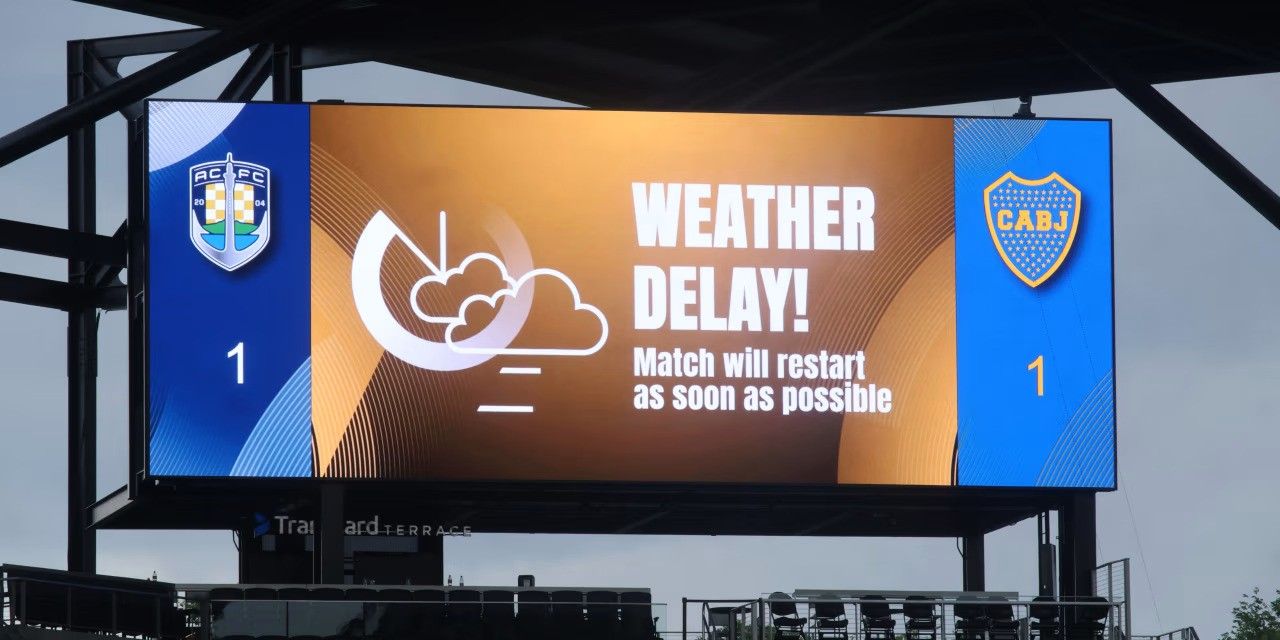

Key Takeaways:
- Fourteen out of sixteen stadiums scheduled to host matches at the 2026 World Cup have been identified as high-risk zones for extreme heat, according to a climate report
- Severe thunderstorms, including torrential rain, have previously caused the temporary suspension of three matches and the evacuation of fans from stadiums
- Due to the tightly packed fixture list, FIFA cannot adjust the schedule should extreme weather occur during the tournament
Potential Hazards for Players and Spectators
The upcoming FIFA World Cup in 2026, set to take place across the USA, Mexico, and Canada, is facing major challenges due to prevailing climate conditions. Insights drawn from recent experiences at the FIFA Club World Cup held in the United States indicate that the weather encountered there is merely an indicator of what is to come for national teams competing next year.
Marcos Llorente clearly didn't enjoy the weather conditions during Atletico Madrid vs. PSG at the Club World Cup 😮☀️
The World Cup next summer is expected to be played in extreme heat in certain cities. pic.twitter.com/WlMEzg69Hq
— ESPN FC (@ESPNFC) June 16, 2025
Stadiums in High-Risk Zones
A climate study has revealed that 14 of the 16 stadiums designated as World Cup venues are situated within red zones, signifying a high risk of extreme temperatures. While recommendations have been made to enhance safeguards for both the players and fans in attendance, it appears that little can be done at this stage to enact substantial modifications to the stadium infrastructure.
| Total Number of Host Stadiums | 16 |
|---|---|
| Stadiums in High-Risk Red Zone | 14 |
Scheduling Dilemmas Amplify Concerns
FIFA faces an additional challenge owing to the compressed tournament schedule, which leaves no room for rescheduling matches in response to extreme conditions. As a result, every fixture must take place as planned, regardless of the potential health risks associated with severe heat or other weather disruptions.
Thunderstorms Disrupt Play and Fan Safety
Extreme heat is not the only concern; severe thunderstorms accompanied by torrential rainfall also pose a significant threat to the event. Evidence from this summer demonstrates the seriousness of this risk, as three football matches were suspended and fans in the stands were evacuated due to dangerous storms.




